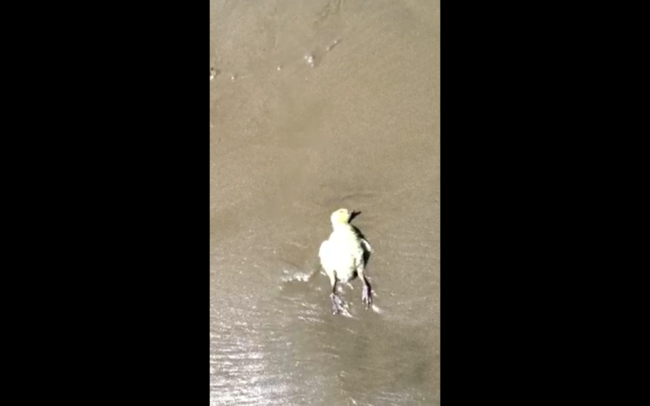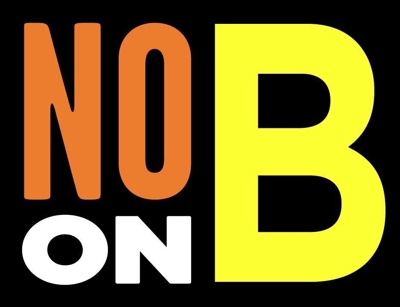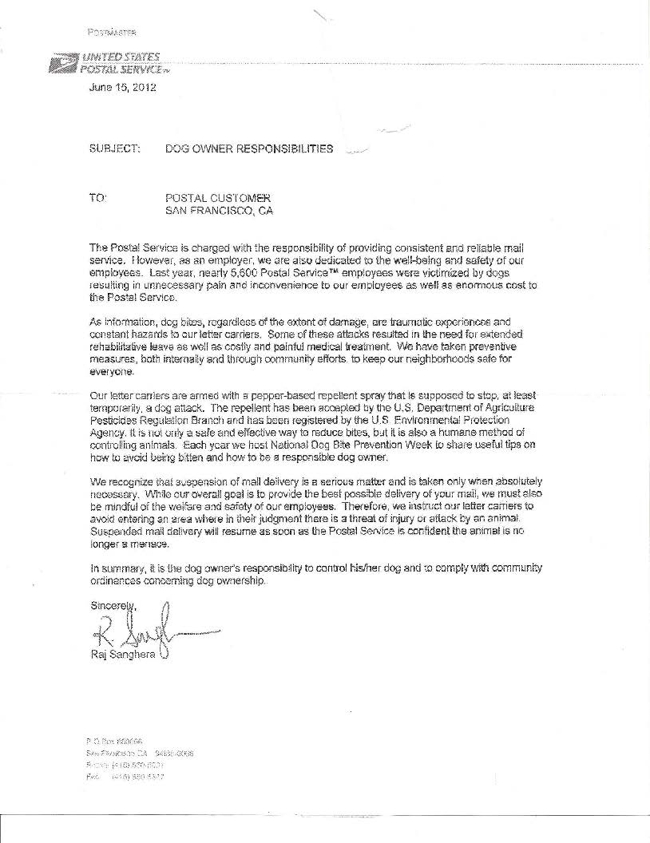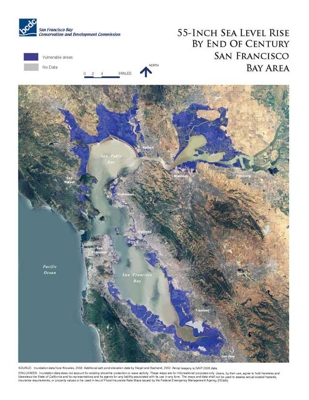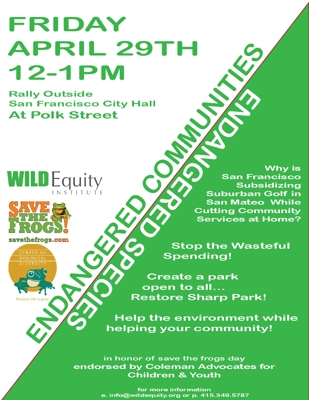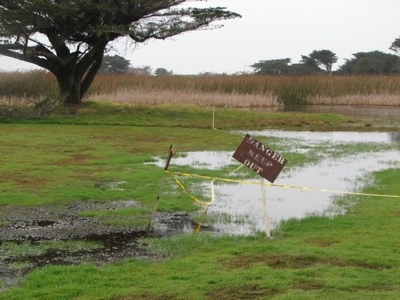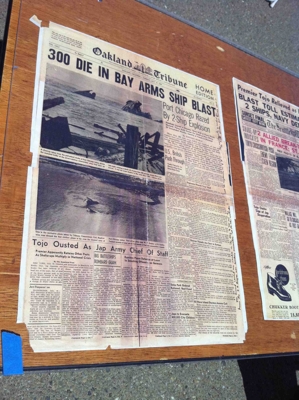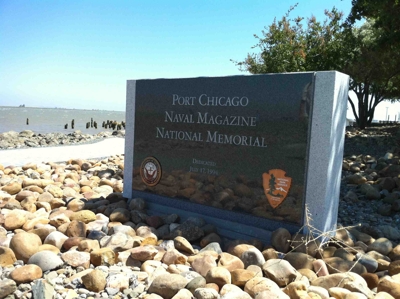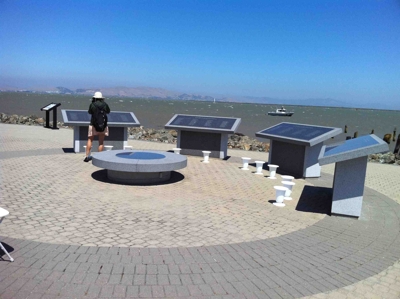The following is an Op-Ed written by Nina Roberts, professor at San Francisco State University and director of the Pacific Leadership Institute, for the San Francisco Examiner. April 28, 2016. You can access it on the SF Examiner website.

Some say limiting dog access in the Golden Gate National Recreation Area may reduce diversity within the parks, but all sides in the debate must be considered — including parkgoers who wish to enjoy the outdoors without dogs. (Marcio Jose Sanchez/2011 AP)
For more than 20 years, I have been working on efforts across the country to enhance ethnic diversity in our national parks and other public lands, with a more recent focus on connecting students to outdoor experiences and conducting research to help parks design community engagement strategies. Perhaps nowhere have I seen such a commitment by park managers to welcome all visitors than our backyard; one of our country’s premier urban national parks, the Golden Gate National Recreation Area.
What I see in the GGNRA is among the best of our national parks: a willingness to welcome all visitors while protecting our nationally significant resources and heritage for generations to come. The list of efforts for how they welcome “all” is commendable extending the park from the Peninsula to Marin.
A recent op-ed in the San Francisco Examiner — “Diversity at stake in fight over GGNRA” — suggested promoting off-leash dogs throughout the GGNRA’s beaches, trails and picnic areas as a strategy to increase ethnic diversity in our parks. This suggestion, however, does not align with research I’ve conducted at the GGNRA, nor does it reflect a widely known body of literature that ethnically minority populations care deeply about environmental protection, support healthy, functioning ecosystems and enjoy outdoor recreation in parks.
While there is a level of appreciation for individual experiences across cultures, constraints research across demographic lines, especially among many ethnic minority communities, shows that dogs off-leash within the GGNRA and other public lands have been a barrier to a variety of visitors and potential visitors, alike. Off-leash dogs are especially a problem, given the notion of “being in voice control” is a theory at best and exudes naiveté, in general.
There is an increasing body of evidence revealing people who spend time with their dogs outdoors experience improved physical, mental and emotional health; yet, fears and discomfort of other visitors should not be overlooked in favor of dog owners having unlimited access in all locations. I love dogs; grew up with them my entire life. But where is the equity in all that? For example, there is no area along the exceptionally scenic Crissy Field beach for visitors to enjoy a picnic or families to recreate with their kids free of dogs and unwanted impacts, socially and environmentally.
Responsible dog owners should be reaching out to other dog owners who are not courteous, do not abide by park policies, who allow their pets to approach other visitors (assuming they “like” dogs or “my dog won’t hurt you”), and who approach park managers with antagonism rather than cooperation.
Similarly, the unfortunate circumstances of dog owners not picking up feces of their dogs is a huge and growing problem in urban environments, in general, including GGNRA. Apart from being unsightly and smelly, studies show the presence of dog feces in public places can been linked to a number of different diseases that are naturally transmitted between animals and humans. Unfortunately, the prevalence of “responsible dog ownership practices” across GGNRA are lacking, and this reality continues to exclude visitors who have as much right to enjoy all areas of the park, not just a few.
Furthermore, a major community concern about dogs being exercised in public places off leash relates to many risks and fears associated with dog attacks and bites. In some cases dogs off-leash merely generate extreme fear such as the breed or sheer size of unrestrained dogs can bite or attack, so being off-leash creates an unfair advantage to a privileged few. The issue is where and when, and what does it take for all dog owners to be more responsible in understanding why policies exist in the first place? There are a variety of places to exercise dogs’ off-leash, what does it take to abide by park policies or take these four-legged friends to other locations allowable by law?
Dogs are amazing companions and at GGNRA a special rule is being created to continue the use in a responsible manner that considers all users of the park. The new Dog Management Plan has been more than 10 years in the making, includes thousands of comments from the general public, and emanates valid and reliable ecological and social science research. Let’s move forward together so all people can truly enjoy our national park next door, and not just a select few who would rather be self-absorbed then work in harmony to ensure everyone gets to appreciate, experience and recreate in one of the finest national parks there is.




